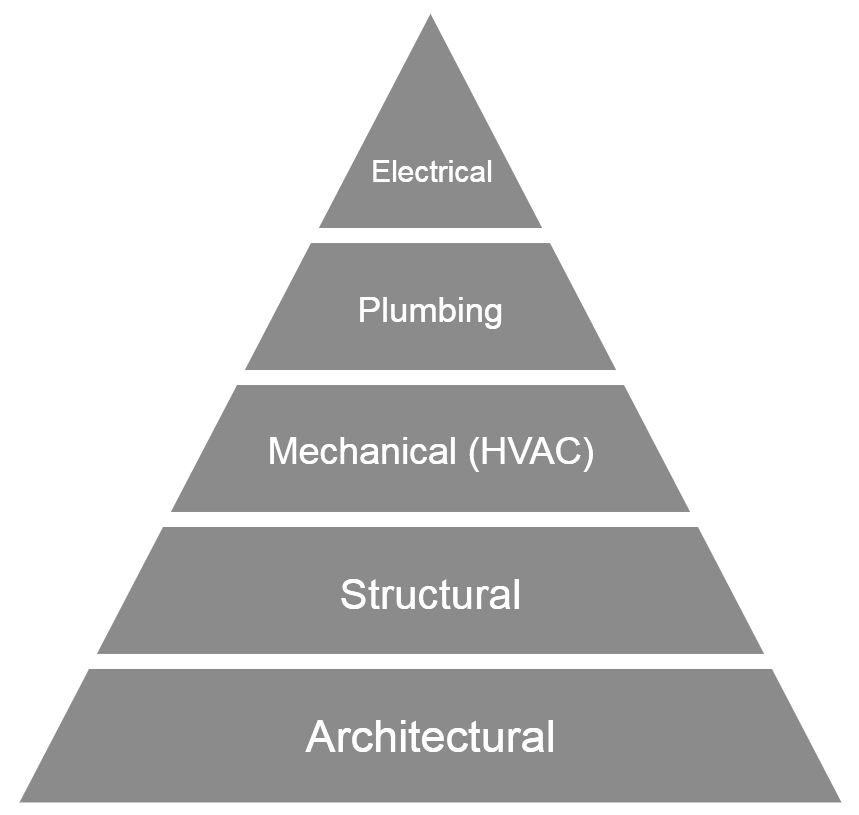The Architect's Role in Project Management

Introduction
Project management in architecture is more than scheduling and budgeting; it is a critical discipline that shapes how architectural visions become built realities. As the complexity of buildings increases and interdisciplinary collaboration becomes more essential, understanding the architect's role in project management is crucial for professional success. Recent graduates stepping into the architectural profession often bring creativity and technical know-how but may lack experience in managing time, scope, cost, and stakeholders. Understanding project management responsibilities empowers young architects to lead with clarity, reduce errors, and deliver successful outcomes. This article offers a comprehensive guide to project management from an architectural lens. It covers foundational theory, real-world practices, technical considerations, implementation steps, and common pitfalls—supplemented with visual aid suggestions and case studies.
Theoretical Foundation
Project management in architecture is guided by the "triple constraint": scope, time, and cost. Architects must also balance quality, risk, and client expectations. The Project Management Institute (PMI) defines five phases: initiation, planning, execution, monitoring, and closure—frameworks that align closely with architectural project stages. Historically, architects served as the primary project coordinators, overseeing all trades. While this role has evolved, architects still hold a central position in ensuring the project vision is delivered.
Key Terms:
- Scope: The defined goals, deliverables, and tasks.
- Stakeholders: Individuals or entities affected by the project (clients, consultants, authorities).
- Critical Path: The sequence of dependent tasks that determines the project duration.
Practical Application
In real-world projects, architects must manage design intent while coordinating with engineers, contractors, and consultants. They lead meetings, track milestones, resolve design conflicts, and maintain documentation.
Case Study 1: The High Line, NYC
Architect: James Corner Field Operations with Diller Scofidio + Renfro
The project involved transforming an abandoned rail line into a public park. The architect led complex coordination with city agencies, landscape architects, and community groups. Success hinged on managing stakeholder engagement and evolving design phases effectively.
Case Study 2: Bosco Verticale, Milan
Architect: Stefano Boeri Architetti
Managing the integration of vertical forests required coordination with horticulturists, structural and MEP consultants. The architect oversaw interdisciplinary collaboration to align design with ecological goals.
Case Study 3: The Edge, Amsterdam
Architect: PLP Architecture
As one of the most sustainable buildings, The Edge required precise coordination of smart systems. The architect's leadership ensured BIM data aligned across disciplines and with client IT systems.
Pro Tip: Always document decisions from coordination meetings—these records can resolve disputes and clarify responsibilities.
Technical Considerations
Architectural project management involves technical documentation, code compliance, and consultant coordination.
- Specifications: Define materials and installation procedures. Poorly written specs can delay procurement.
- Regulations: Architects must ensure compliance with local building codes, ADA standards, fire safety laws, and zoning requirements.
- Systems Integration: Mechanical, electrical, and plumbing systems must be incorporated without compromising the design intent.
Pro Tip: In clash detection sessions, prioritize unresolved architectural constraints before mechanical reroutes—design intent must lead.
Implementation Guide
Step-by-Step Project Management for Architects:
- Project Kickoff: Clarify scope, goals, stakeholders, and constraints.
- Work Breakdown Structure (WBS): Divide the project into manageable tasks.
- Scheduling: Use tools like MS Project or Primavera to map timelines.
- Coordination Meetings: Establish weekly or biweekly reviews with consultants.
- Document Control: Organize drawings, RFIs, submittals, and meeting minutes.
- Progress Monitoring: Track deliverables and update timelines.
- Change Management: Use formal processes to log scope changes.
Best Practices:
- Build buffer time into milestones.
- Maintain version control for drawings.
- Encourage open communication across disciplines.

Pro Tip: Use color-coded drawing sets for coordination reviews—it helps all stakeholders quickly spot conflicts.
Common Mistakes and Solutions
- Mistake 1: Undefined scope leads to frequent change orders.
- Solution: Establish detailed scope documents and get client sign-off.
- Mistake 2: Poor communication with consultants.
- Solution: Schedule regular coordination meetings with shared digital workspaces.
- Mistake 3: Inadequate tracking of approvals and revisions.
- Solution: Use cloud-based project management tools to maintain an audit trail.

Pro Tip: Review local authority approval timelines early—regulatory delays can derail your schedule.
Resources and ToolsSoftware
- Trello / Asana: Task management
- MS Project / Primavera: Scheduling
- Revit / Navisworks: BIM collaboration
- Bluebeam / BIM 360: Drawing reviews and issue tracking
Standards & References:
- AIA Contract Documents
- RIBA Plan of Work
- PMI's PMBOK Guide
- ISO 19650 for BIM processes
Learning Resources:
- LinkedIn Learning: Project management for architects
- Coursera / edX: Construction management courses
- Books: “Architect’s Essentials of Project Management” by David Haviland
Organizations:
- PMI (Project Management Institute)
- AIA (American Institute of Architects)
- RIBA (Royal Institute of British Architects)
Pro Tip: Don’t underestimate soft skills—managing people is as critical as managing tasks.
Conclusion
For architects, project management is a critical skill that directly affects the outcome of every project. Understanding your responsibilities, maintaining clear boundaries, and collaborating effectively with consultants and contractors will elevate your practice. Recent graduates must embrace project management not as a bureaucratic burden, but as a creative tool that brings architectural visions to life. From mastering coordination to tracking progress and ensuring compliance, strong project management is where design meets reality. As you grow into the profession, keep refining your technical and leadership skills. The ability to manage projects well is what turns a good architect into a great one.